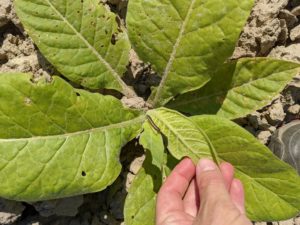
Thrips Flight and TSWV Risk Assessment Report – Update Coming!
Due to server issues associated with the Tobacco Thrips Flight and TSWV Intensity Predictor, our final report will be …


El inglés es el idioma de control de esta página. En la medida en que haya algún conflicto entre la traducción al inglés y la traducción, el inglés prevalece.
Al hacer clic en el enlace de traducción se activa un servicio de traducción gratuito para convertir la página al español. Al igual que con cualquier traducción por Internet, la conversión no es sensible al contexto y puede que no traduzca el texto en su significado original. NC State Extension no garantiza la exactitud del texto traducido. Por favor, tenga en cuenta que algunas aplicaciones y/o servicios pueden no funcionar como se espera cuando se traducen.
Inglês é o idioma de controle desta página. Na medida que haja algum conflito entre o texto original em Inglês e a tradução, o Inglês prevalece.
Ao clicar no link de tradução, um serviço gratuito de tradução será ativado para converter a página para o Português. Como em qualquer tradução pela internet, a conversão não é sensivel ao contexto e pode não ocorrer a tradução para o significado orginal. O serviço de Extensão da Carolina do Norte (NC State Extension) não garante a exatidão do texto traduzido. Por favor, observe que algumas funções ou serviços podem não funcionar como esperado após a tradução.
English is the controlling language of this page. To the extent there is any conflict between the English text and the translation, English controls.
Clicking on the translation link activates a free translation service to convert the page to Spanish. As with any Internet translation, the conversion is not context-sensitive and may not translate the text to its original meaning. NC State Extension does not guarantee the accuracy of the translated text. Please note that some applications and/or services may not function as expected when translated.
Collapse ▲
Due to server issues associated with the Tobacco Thrips Flight and TSWV Intensity Predictor, our final report will be …

This is the ninth weekly TSWV and tobacco thrips risk assessment update. Third generation flights have now occurred at all …

I tweeted last month that there was no shortage of kudzu bugs around and that I expected some beans …

The threshold for stink bugs in corn is changing based on recent research conducted in both North Carolina and …

This is the eighth of our weekly TSWV and tobacco thrips risk assessment updates. Third generation flights have now …
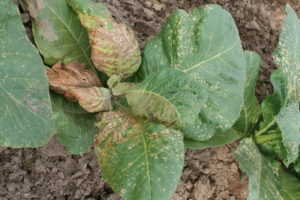
This is the seventh of our weekly TSWV and tobacco thrips risk assessment updates. Third generation flights have now …

This is the sixth of our weekly TSWV and tobacco thrips risk assessment updates. Third generation flights have now …
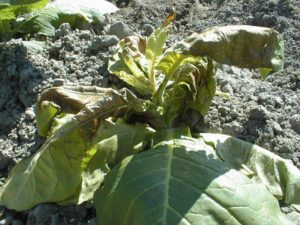
This is the fifth of our weekly TSWV and tobacco thrips risk assessment updates. Third generation flight timings are …

A lot of folks have noticed more stink bugs than normal for this time of year. The most common …

This is the fourth of our weekly TSWV and tobacco thrips risk assessment updates. Third generation flight timings are …
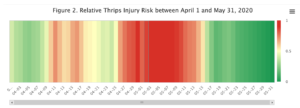
According to Dr. Edmisten and Collins, planting conditions might improve for safe planting around May 3. With planters rolling …

This is the third of our weekly TSWV and tobacco thrips risk assessment updates. Cool weather has continued to …
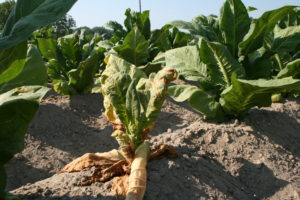
This is the second of our weekly TSWV and tobacco thrips risk assessment updates. Last week’s cool temperatures pushed …

Managing tomato spotted wilt virus (TSWV) in North Carolina tobacco requires both pre transplant and post transplant decisions, which …
Chlorpyriphos is an organophosphate insecticide that has been the topic of recent regulatory review. The federal Environmental Protection Agency …

UPDATE: In order to comply with the latest NC State University policy, the Plant Disease and Insect Clinic will now …
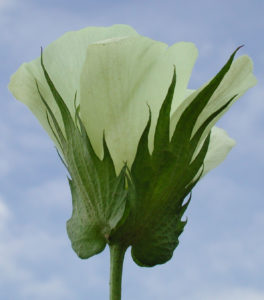
We’ve updated the NC Cotton Insect Scouting Guide with a new look and updated information. Our hope is that …

Note this article only applies to insecticides, not fungicides or nematicides. The evidence is overwhelming. Neonicotinoid insecticide seed treatments do …
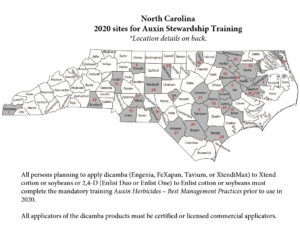
The schedule for the 2020 Auxin Herbicides-Best Management Practices training has been finalized. This training, presented by NC State …
The NC State University Plant Disease and Insect Clinic will be closing for the Thanksgiving holiday starting at 1:30 …

Participation in conservation practices and restrictions comes in various forms, from revocable-at-will, revocable with penalty, …
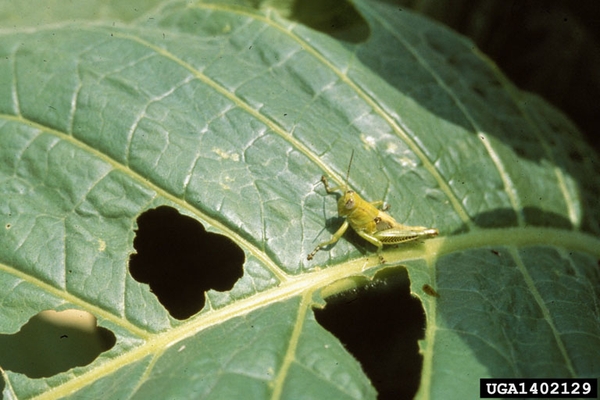
Several species of grasshoppers can cause foliar feeding damage in tobacco. They are typically most …

This Extension publication provides an overview of the tobacco budworm (Chloridea virescens), a common pest …

This factsheet for farmers describes concepts, terminology, and guidelines concerning soil sampling. Proper testing allows …

Nitrogen fertilizer products are being developed and marketed as having the potential to increase yields and …
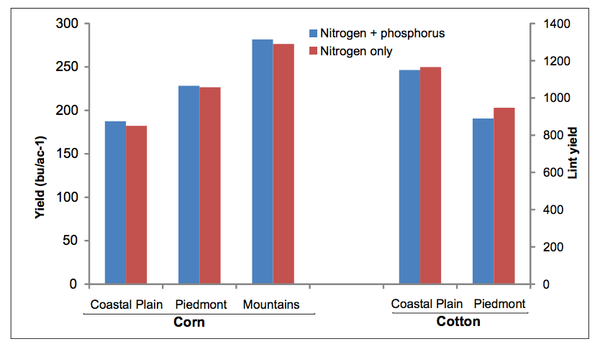
Phosphorus (P) is the second most important nutrient in crop production but is often found …

This factsheet describes the symptoms of a shoot inhibitor herbicide injury.

This factsheet describes the symptoms of a metribuzin herbicide injury.